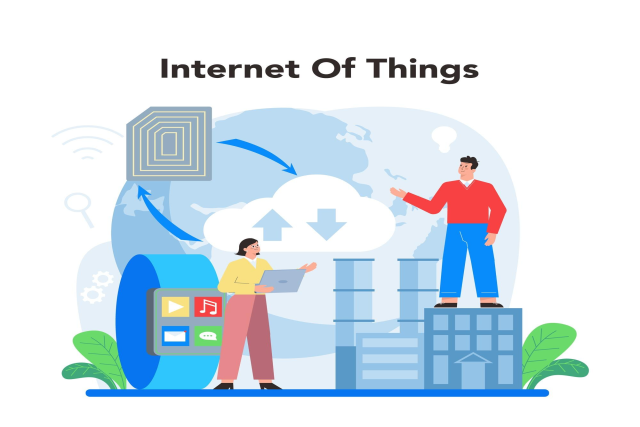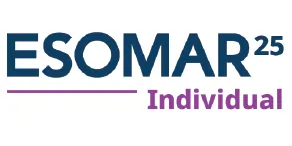
Given that companies work in digital environment, intelligent option between age computing and cloud computing is important for efficiency, safety and cost adaptation. While each type of architecture provides different benefits, their suitability varies on special operational norms. The article delves into the most important distinctions between Edge vs. hybrid solution and helps businesses select the optimal avenue, cloud computing.
Performance Comparison
Cloud Computing Performance
Distance data centers of cloud computing centralizes data processing, providing great storage and computational strength. This setup could, however, produce some delay since data transfer is time-consuming.
Edge Computing Performance
The edge, on the other hand, cuts the delay by processing the data near the computing source and raising the true real-time response. Particularly valuable is the case of autonomous driving and industrial automation whereby quick insight is definitely needed right away.
Cloud vs. Edge Latency Comparison
- Cloud Computing: High delay due to long distance data transfer.
- Edge Computing: Less delays by processing data at or at the source.
Security Considerations
Cloud vs. Edge Security
- Cloud Security: Centralized Safety Protocol with strong security, but increased vulnerability for large -scale cyber attacks.
- Edge Security: Distributes security in many nodes, reduces single points of failure, but increases the number of closing points requiring safety.
Major Security Benefits
- Cloud computing benefits from centralized encryption and compliance monitoring.
- Edge computing is reduced by exposure to violations by processing locally sensitive data.
Cost Implications
Edge Computing vs. Cloud Costs
- Cloud Computing: Low upfront cost but high running expenses due to bandwidth use and data transfer fees.
- Edge Computing: High early investment for edge infrastructure but reduced the long -term cost related to data transmission and cloud storage.
Scalability and Flexibility
Scalability in Cloud vs. Edge
- Cloud Computing: Delivering on-demand, very flexible, company needs.
- Ideal for businesses with distributed networks, edge computing is low scalable but offers local processing.
Hybrid Cloud and Edge Computing
Many companies choose a hybrid cloud and edge computing. This approach marries flexibility of cloud computing with low-computation benefits of edge computing. This technique is great for areas including retail (localized inventory management) and healthcare (real -time patient monitoring).
Real-World Applications
Use of cloud computing in cases
- Large scale data analytics
- Enterprise-Level Saas Application
- Distance Cooperation Equipment (eg, Google Drive, Microsoft 365)
Edge Computing Use Cases
- IOT-capable smart city
- Real time industrial automation
- Video surveillance with on-device AI processing
Hybrid Approach in Action
- Autonomous vehicle: Edge computing enables real -time decision making, while cloud stores historical data for computing analysis.
- Retail Chen: Local edge devices track in-store inventory, while cloud-based AI predicts demands of demand.
Conclusion
The selection between edge and cloud computing depends on commercial preferences, such as delay sensitivity, security requirements and costs. A hybrid approach often provides the best balance, taking advantage of cloud computing for scalability and for real -time processing. Understanding these major differences, businesses can take informed decisions that optimize efficiency and safety in their operations.






